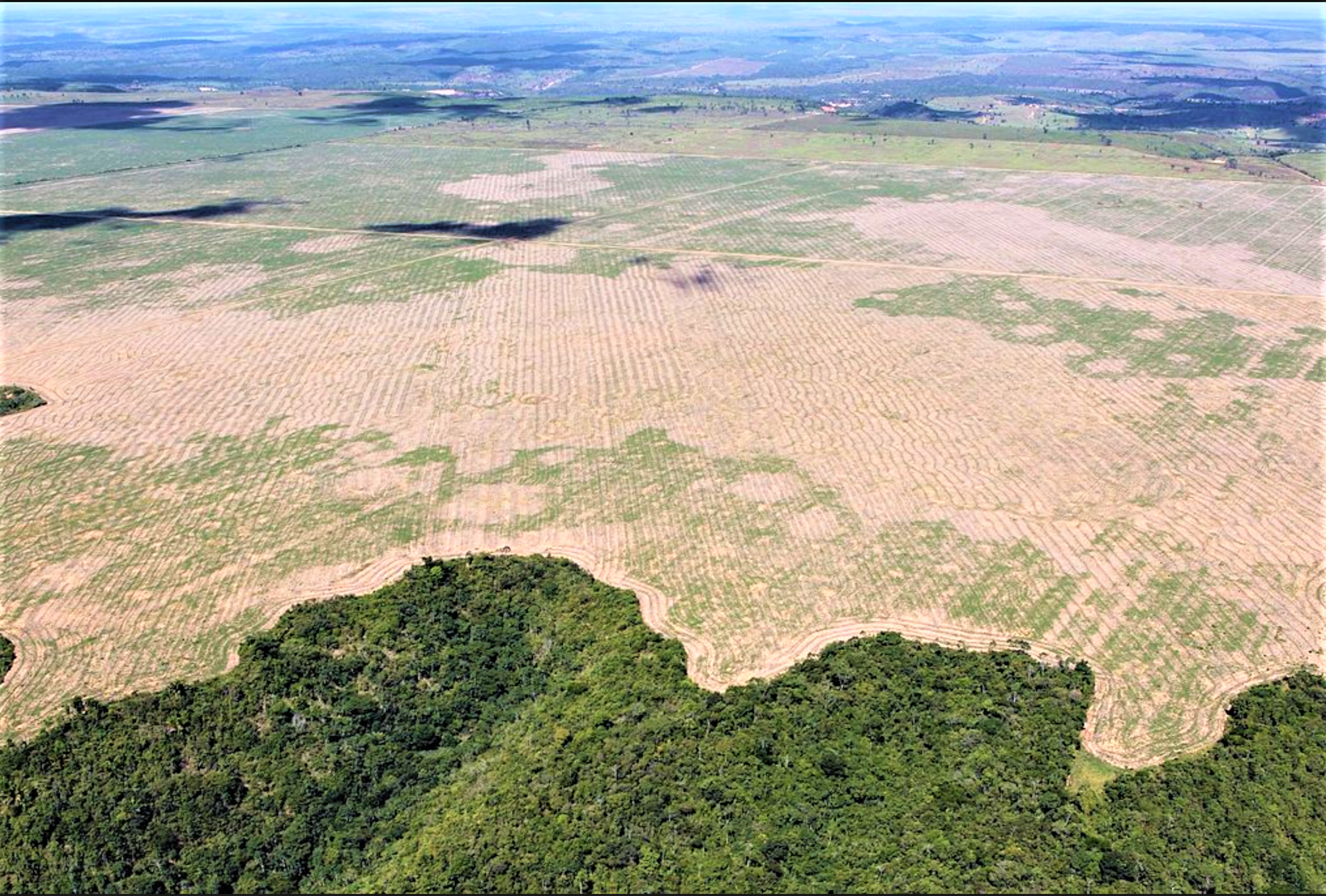Tropical rainforests are often described as the “lungs of the planet.” They are nature’s most effective carbon sinks for sequestering emissions in the fight against the climate crisis as well as being a crucial biodiversity reserve for millions of species.
It’s a common misconception and a source of the occasional accusatory finger pointed at plant-based milk and tofu consumers, that the soy ingredients in these foods are responsible for destroying the majority of these rainforests. New data from Our World In Data at Oxford University makes it clear that this simply isn’t true, not even close.
To delve deeper, let’s take a look at what soy is used for, the actual primary causes of tropical rainforest destruction and where it’s occurring.
This chart makes it clear that 77% of global soy production is used for animal feed, while only 7% is used in foods such as soy milk or tofu. 57% of the soy used for animal feed goes to chickens and pigs.
Brazil and the US are responsible for approximately two-thirds of global soy production, with Brazil being a slightly bigger player, and Argentina is next in line with 11%. Brazil is the leading exporter of soybeans and 73% of its exports in 2020 went to China to feed animals in factory farms with a few European countries being the next biggest buyers. And if you are putting soy milk made in the US or Canada on your cereal, that soy will have been produced in the US or Canada, not from the Amazon.
Every year the world loses approximately five million hectares of forest — 95% of which is located in the tropics. At least three-quarters of this loss is driven by agriculture, and of this, the majority is caused by clearing forests to raise livestock and growing crops to feed them.
Beef cattle, and the pasture land they graze on, is the number one driver at 41% of rainforest destruction globally. That’s 2.1 million hectares every year – an area about half the size of the Netherlands. The “oilseeds” category at 18% is the next biggest cause, the vast majority of which is soy and palm oil, the ubiquitous ingredient in so many of the processed food and consumer products we buy.
Beef production in Brazil accounts for one-quarter of global tropical deforestation loss and, in Brazil, 72% of this loss is driven by cattle ranching. Brazil is the largest beef exporter in the world selling to China, Russia, Egypt and the EU.
Oilseeds, including palm oil in Indonesia and soy grown in Brazil, account for the next largest share. This means that almost half of tropical deforestation took place in Brazil and Indonesia. Soy grown in Brazil has a smaller footprint in the Amazon rainforest than it did 15 years ago due to some success by food companies and supermarket retailers in Europe to buy soy from sources not tied to this destruction.
The problem is that soy production in Brazil spread from the Amazon to adjacent regions resulting in significant environmental damage and additional deforestation. For example, in 2015, only 13% of Brazilian soy came from the Amazon, while 48% came from the Cerrado region.
The bottom line is, burning and clearing land for cattle is the #1 cause of Amazon and global rainforest destruction. And soy fed to chickens and pigs around the world, when combined with palm oil production, is #2. These findings certainly lend credence to the adage, “if you want to cut down on soy, eat more soy.” i.e., if consumers around the world eat less beef, chicken and pork and move more to plant-based foods, this will cut down on rainforest destruction.
The Oxford researchers suggest “alternative ways of making high-quality protein could also be transformative. Beef is the leading driver of deforestation, and the demand for meat across the world will continue to grow in the coming decades. Technological innovations in meat substitute and cultured meat products would allow people to continue eating meat-like products without the destruction of tropical forests that come with it.”




